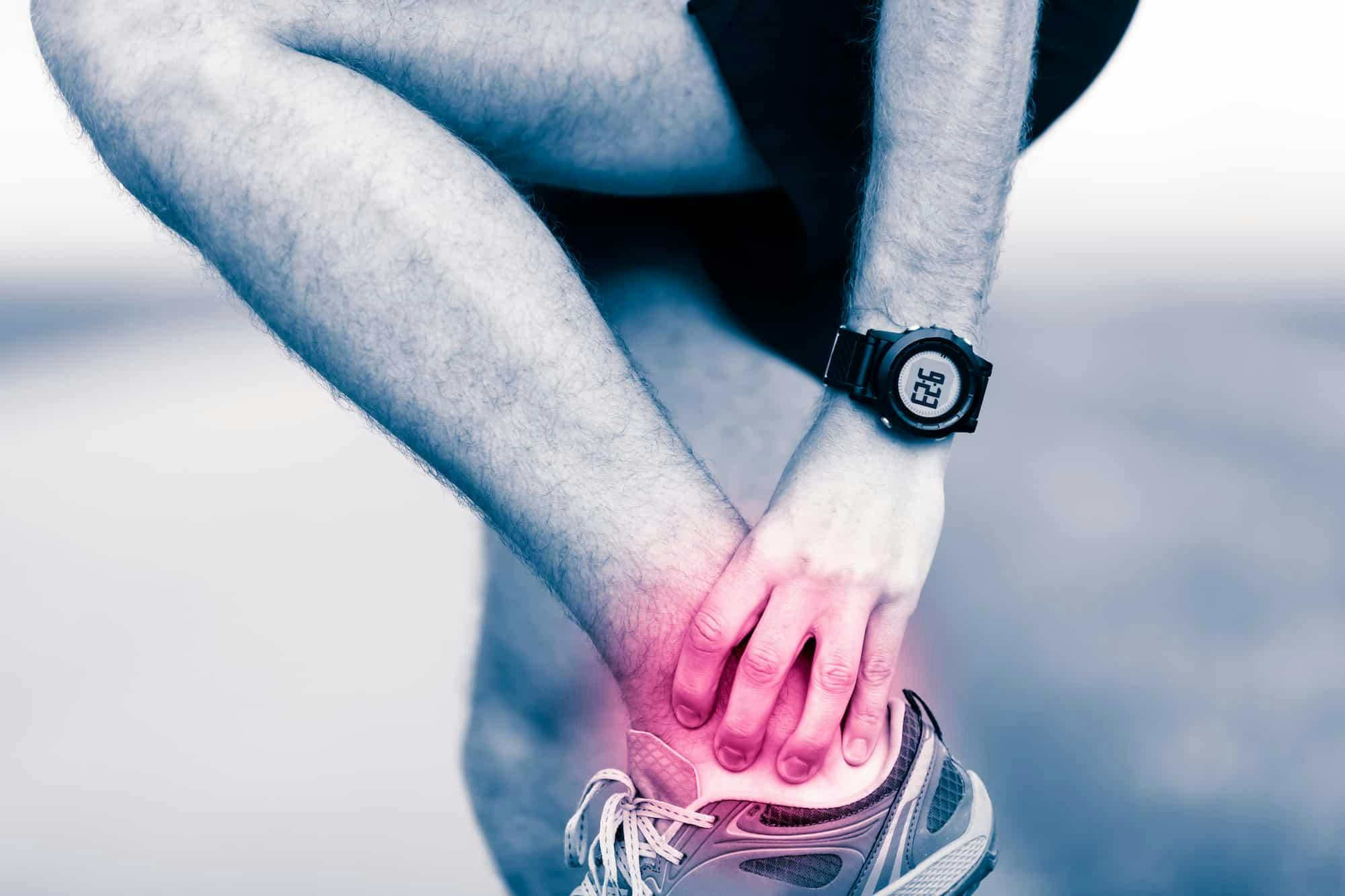- Blog
PRP Therapy Classifications
Posted on 12-16-2025 in Regenerative Medicine & Stem Cell Therapy by Dr. Joshua Hackel

Posted on 12-16-2025 in Regenerative Medicine & Stem Cell Therapy by Dr. Joshua Hackel
The healing effects of Platelet-Rich Plasma (PRP) Therapy are widely known across various medical specialties, including Sports Medicine. In our practice, we provide PRP treatments to assist patients as they heal from overuse injuries, joint arthritis, strains and sprains of the muscles, tendons and ligaments and those who suffer from Tendonitis and Tendonosis.
By administering PRP treatments to the affected area, it can effectively reduce pain, restore and enhance normal joint movement and stimulate the repair of damaged tissue. PRP can also successfully promote collagen production to provide structural strength and support to the bone ligament. Overall, PRP is safe, effective and can be used to treat various conditions. However, the terminology and classifications of PRP can be complicated and challenging to navigate if you are beginning to research this form of treatment.
What are the PRP classifications systems, and how are they different?
In 2009 Dohan Ehrenfest et al. established the initial functional classification system for PRP in an attempt to distinguish various platelet concentrates from each other based on the following two factors: cell content primarily in reference to white blood cells and a fibrin architecture.
By applying specific criteria to these parameters, the authors were able to classify platelet concentrates into four distinct types: Pure Platelet-Rich Plasma or Pure PRP (P-PRP), Leukocyte and Platelet-Rich Plasma (L-PRP), Pure Platelet-Rich Fibrin (P-PRF) and Leukocyte and Platelet-Rich Fibrin (L-PRF).
According to authors Lansdown and Fortiner, Pure PRP (P-PRP), which does not contain leukocytes and has a low-density fibrin network. In contrast, Leukocyte-rich PRP (L-PRP) has increased concentrations of white blood cells in addition to a high concentration of platelets but also has a low-density fibrin network. Pure platelet-rich fibrin is free of leukocytes but has a high-density fibrin network. Finally, leukocyte- and platelet-rich fibrin combines both increased concentrations of leukocytes and a high-density fibrin network. (Table 1)
DeLong et al. proposed a second PRP classification system referred to as PAW, based on the following three components: the number of platelets (P), the activation system (A) and whether white blood cells are present or not (W). Platelet concentration is separated into four groups, denoted as P1 through P4. (Table 2)
How are PRP treatments prepared based on the classification systems?
PRP preparation begins with a patient’s blood draw, which is composed of 93% red blood cells, 6% platelets and 1% leukocytes. After the sample is extracted from the patient, it is transferred to a test tube and placed into a centrifuge device. Once in the machine, it spins, separating the platelets from the red and white blood cells, which leads to the isolation of plasma and platelets while reducing leukocytes and erythrocytes from the preparation. Known as the plasma-based preparation process, the final volume of platelets from this method is usually two to three times more than the initial concentrations.
Alternatively, a buffy coat–based preparation attempts to isolate the maximum level of platelets and does so with a second, high-speed spin in the centrifuge for an additional 10-15 minutes. Leukocytes and erythrocytes remain in the preparation, though the platelet concentrations are three to eight times higher than those isolated by a plasma-based preparation.
After centrifugation, the platelet-rich plasma product is mixed with an anticoagulant like sodium citrate to prevent the blood from clotting before being activated. The process of platelet activation allows for the release of the proteins that will initiate repairs of injured tissue and damaged cartilage, blood vessels or soft tissue.
Request a Consultation
Dr. Josh Hackel is dedicated to providing his patients with state-of-the-art procedures to address their pain and help them heal. For this reason, he offers Regenexx® Stem Cell & Platelet Rich Plasma Procedures, which are considered the most advanced regenerative injection treatment procedures available around the globe, to his patients.
If you have sustained an injury or are suffering from chronic pain, you may be a good candidate for a platelet-rich plasma procedure. To determine if PRP therapy or other non-surgical treatment is right for you, schedule an initial consultation with Dr. Hackel using our convenient online appointment form.

With summer in full swing and children taking advantage of more time to participate in sports-related or other outdoor activities, it’s essential to be mindful of injury prevention while encouraging their interest in activities that don’t involve screen time!

May is National Arthritis Awareness Month, and of the more than 100 forms of this painful condition, many can affect the ankle. In fact, almost half of people in their 60s and 70s have arthritis of the foot and/or ankle, but not all of them have symptoms.

Springtime in North Florida is the perfect season for gardening, but hours spent planting, pruning, and digging can take a toll on your body. At North Florida Bone & Joint Specialists, we often see patients with gardening-related injuries affecting the hands, upper extremities, shoulders, and knees. Whether you're a weekend hobbyist or an avid green thumb, practicing proper ergonomics can help ensure you stay injury-free while you enjoy your time outdoors.